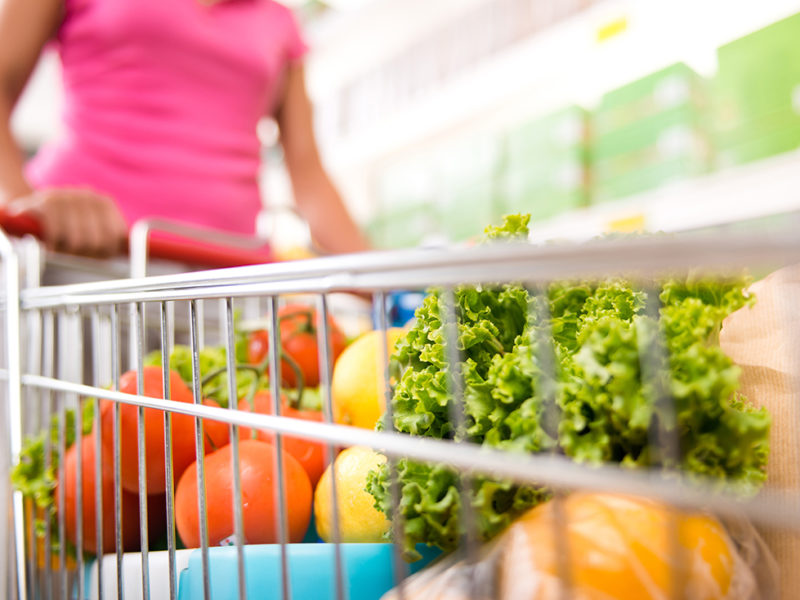Ottawa’s ambitions to rein in grocery prices are at odds with efforts to support producers, according to a growing chorus of voices throughout the supply chain.
On the farmer side, national horticulture association Fruit and Vegetable Growers Canada says the federal government has failed to consider how capping grocery prices will impact producers.
“We appreciate that the government is taking steps to address the pressing issue of rising grocery costs by asking retailers to take steps to lower prices,” says FVGC president Jan VanderHout in a statement.
Growers have limited negotiating power with retailers, and – as discussions around a grocer code of conduct noted – often have to eat a variety of costs to maintain placement. They’re price-takers, not price setters – and with rising production costs, often driven by federal policies, their margins are squeezed.
A recent FVGC sector survey indicated that 44% of growers are selling produce at a loss, while 77% are unable to adjust their selling prices to match escalating operational costs. These costs include Ottawa’s carbon tax, efforts to reduce and eliminate plastic packaging and a fertilizer tariff.
The challenges of raising prices to cover production costs are illustrated by grocers’ pushback over a potential increase in dairy prices.
A statement by the Canadian Federation of Independent Grocers said a proposed 1.77% increase in the farmgate price of milk would push up prices all along the supply chain at a time when Ottawa is trying to stabilize food prices.
It triggered an emergency mechanism to delay the increase, which Dairy Farmers of Canada has endorsed.
But a recent cost of production study for the BC Dairy Association notes that producers have been losing money on every litre of milk produced.
Based on 2021 data, the study estimated a $4.19 per kilogram difference between production costs and milk revenues on a province-wide basis.
While off-farm income and cattle sales helped offset the losses, the other revenue did not do so completely, resulting in a persistent $0.48 loss per kilogram of milk produced.


 Rural communities see surge in farmland sales
Rural communities see surge in farmland sales